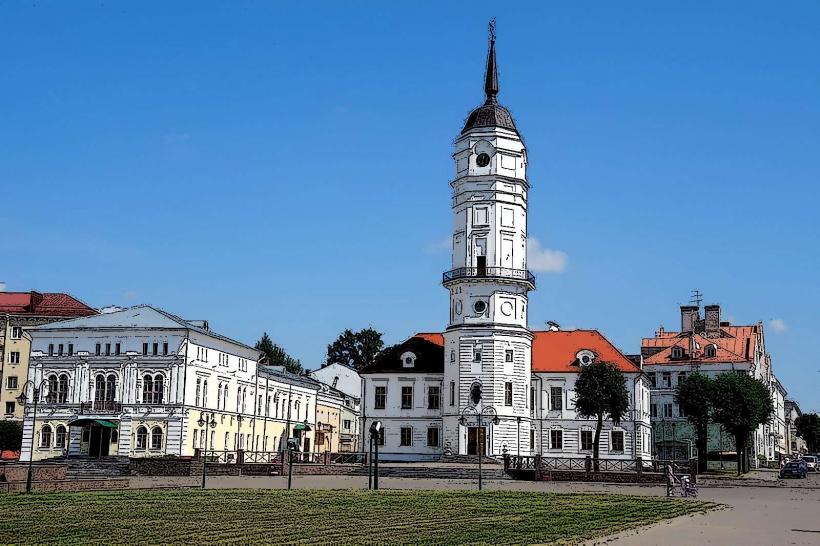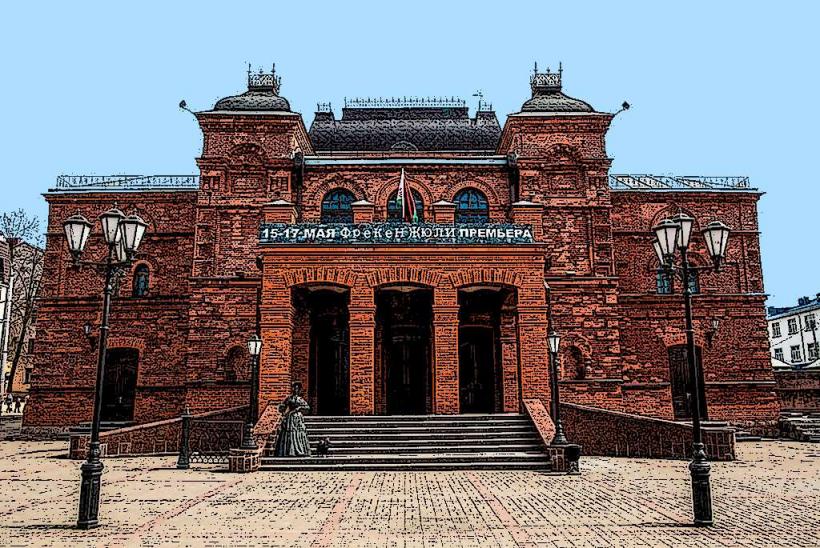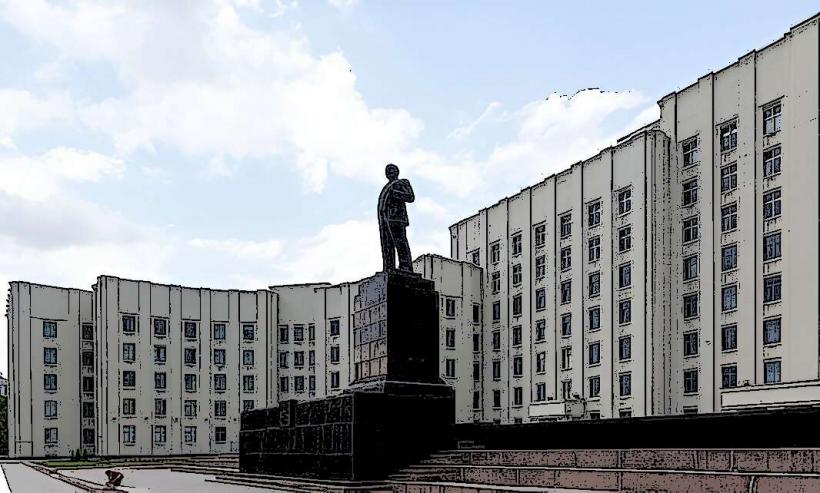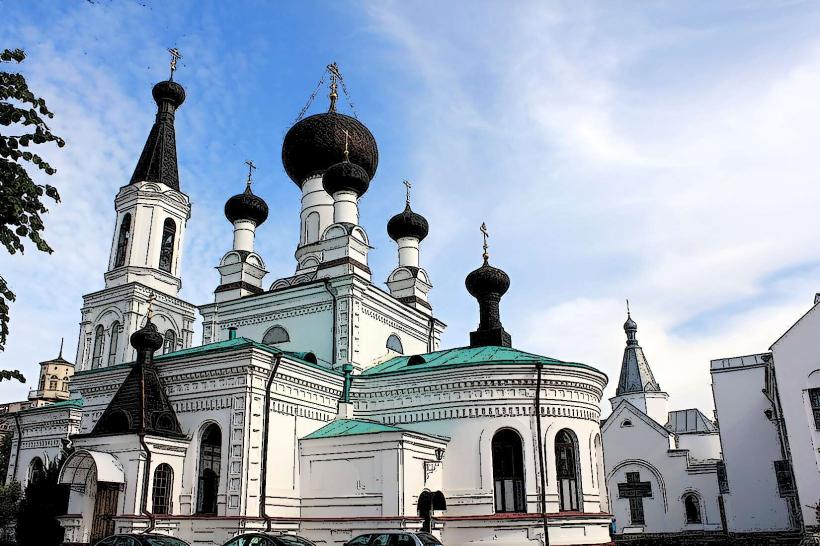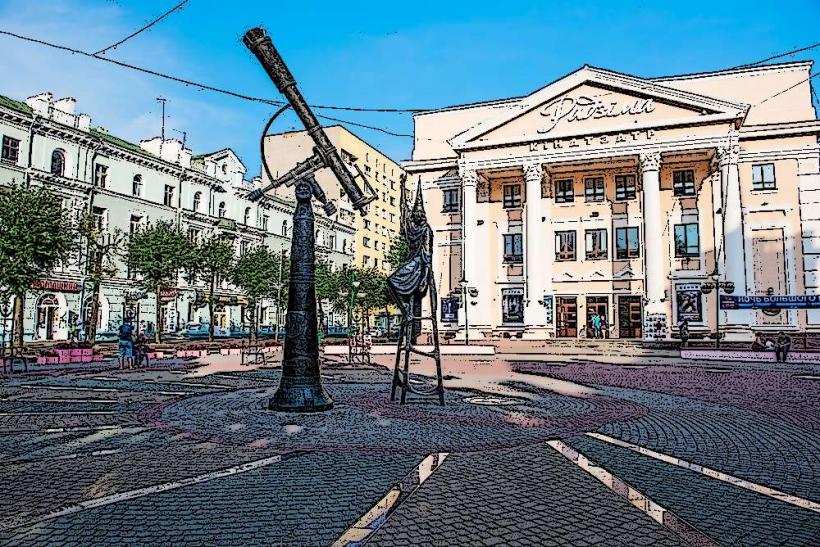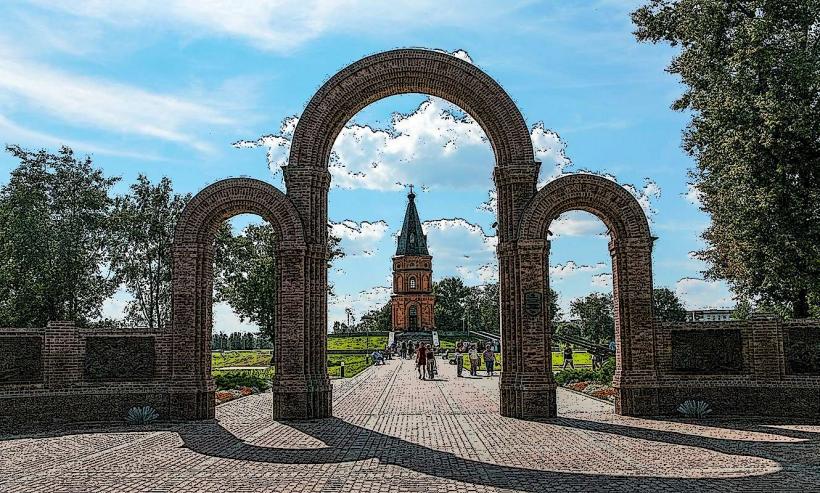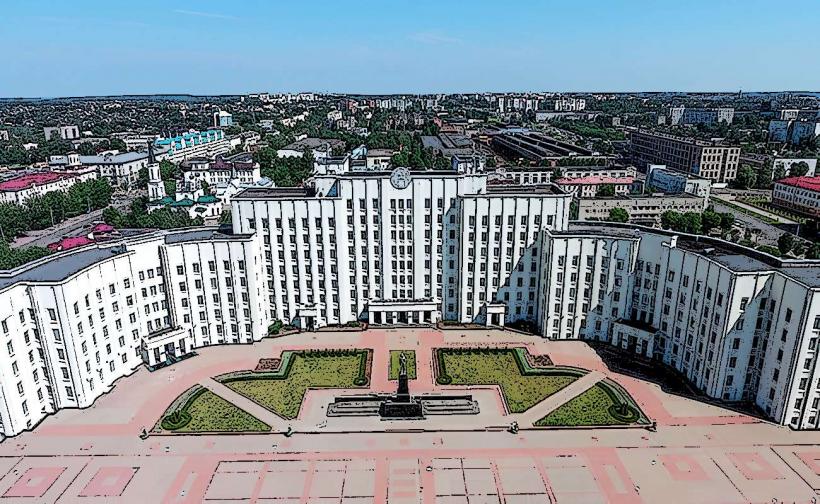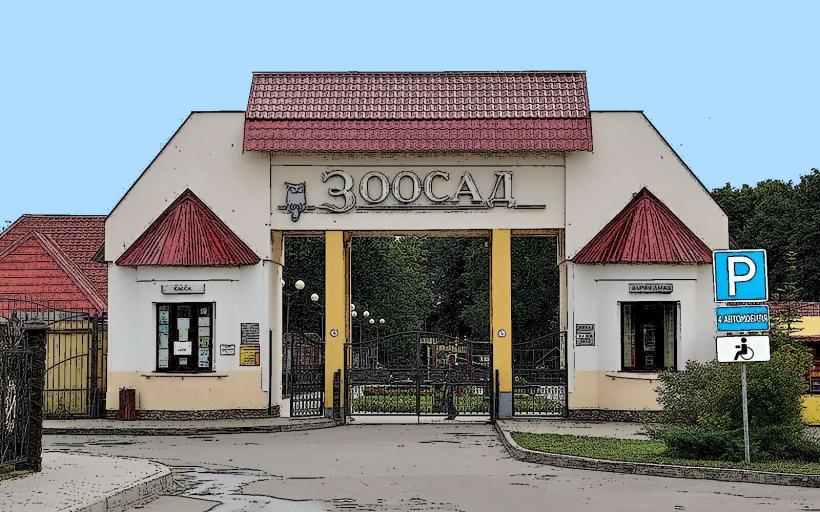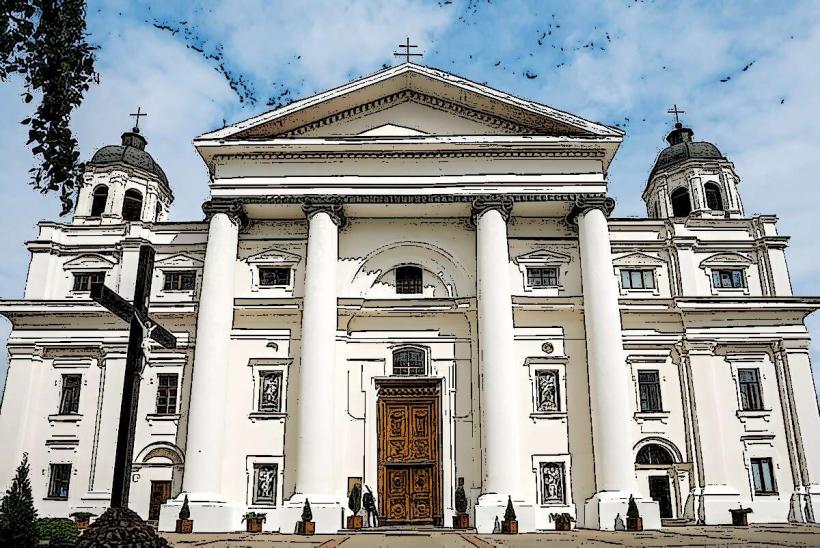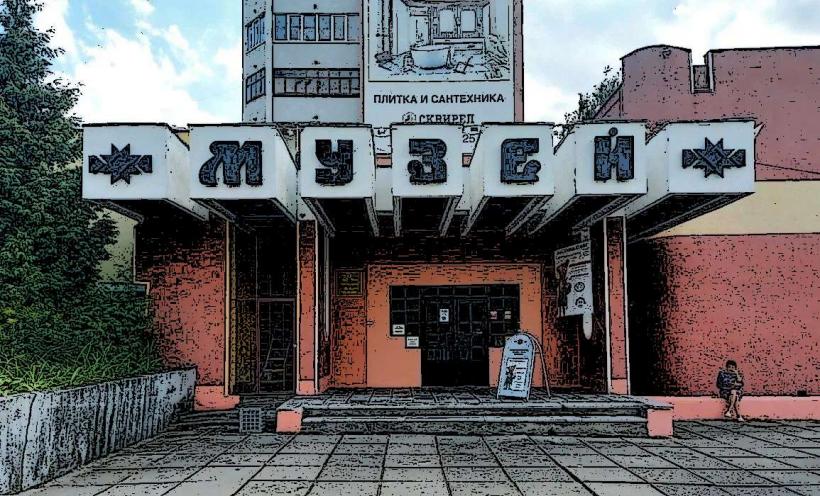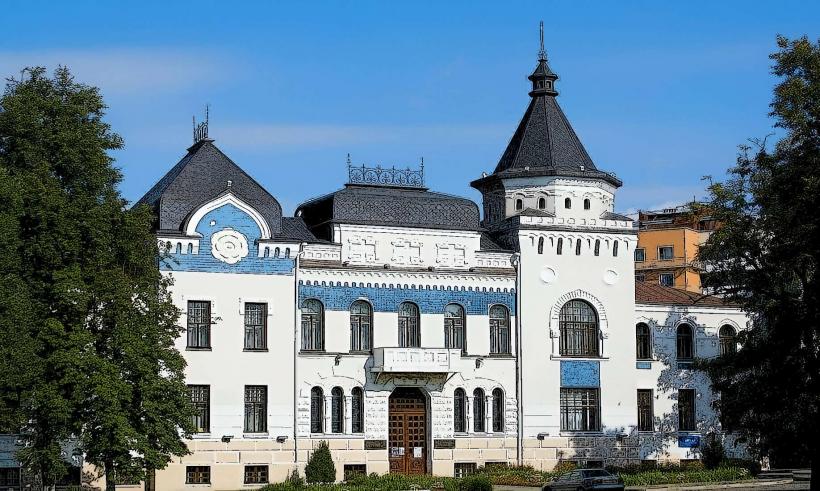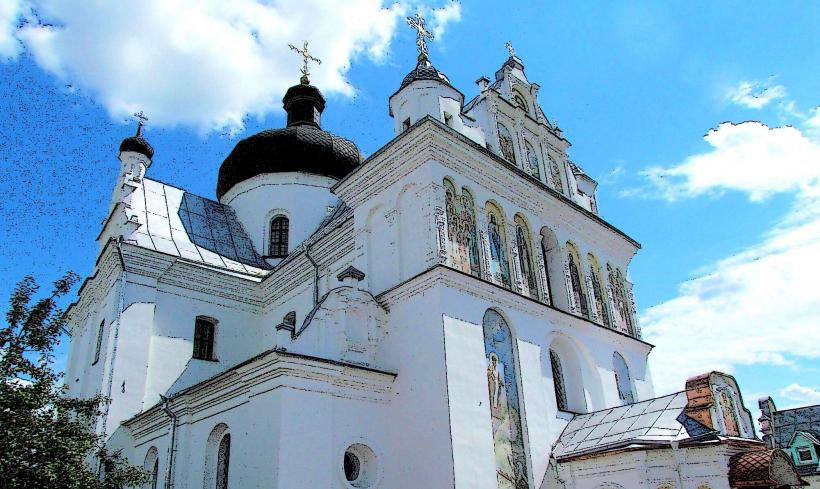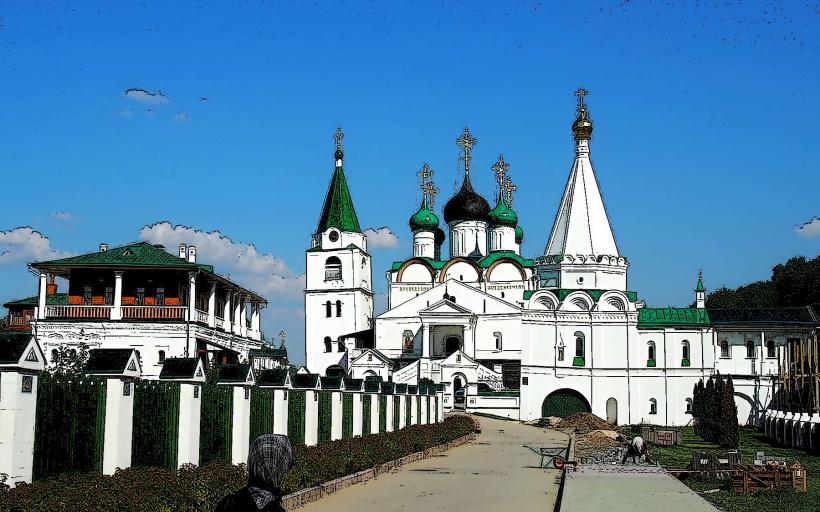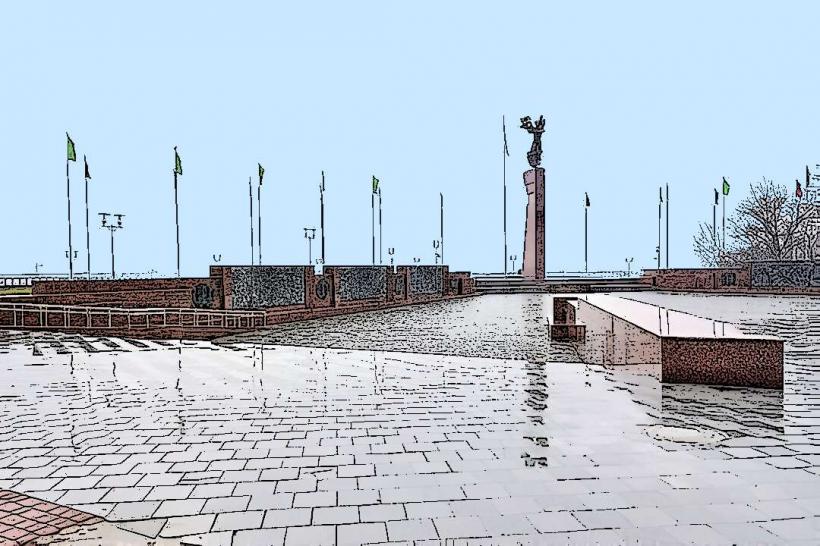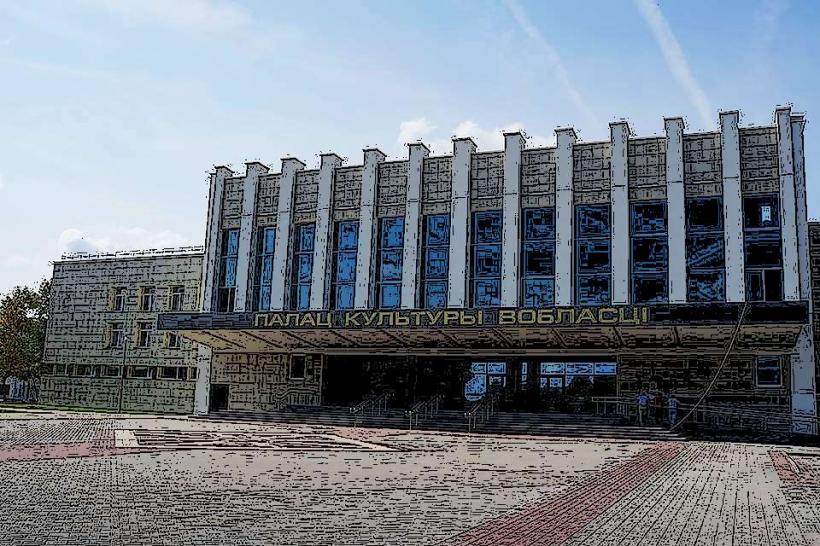Information
Landmark: Equestrian Monument to Prince VladimirCity: Mogilev
Country: Belarus
Continent: Europe
The Equestrian Monument to Prince Vladimir in Mogilev, Belarus, is a significant landmark dedicated to Prince Vladimir the Great (also known as Vladimir I), the Grand Prince of Kiev. This monument commemorates his role in the Christianization of Kievan Rus and his deep historical and cultural connection to Belarus, Ukraine, and Russia. Prince Vladimir is regarded as a key figure in Eastern Slavic history, particularly for his decision to adopt Christianity as the state religion of Kievan Rus in 988.
History and Purpose:
The Equestrian Monument to Prince Vladimir was unveiled in 2009 to honor the legacy of Prince Vladimir and to emphasize his importance in the history of Eastern Slavs. The monument serves both as a reminder of Prince Vladimir's historical significance and as a symbol of the shared cultural and religious heritage of Belarus and other Slavic nations. The monument was also created as part of the celebrations marking the 1021st anniversary of the Christianization of Kievan Rus, which occurred under Prince Vladimir's reign.
Location:
The monument is located in a prominent area of Mogilev, typically near key historical or cultural sites in the city. It is strategically placed to be easily accessible to visitors, symbolizing the deep historical ties between the city and the ancient principality of Kievan Rus.
Design and Features:
The Equestrian Monument depicts Prince Vladimir on horseback, a traditional and iconic representation of noble rulers. Some key features of the monument include:
Prince Vladimir on Horseback: The statue shows Prince Vladimir mounted on a horse, symbolizing his leadership and martial prowess. The depiction of Vladimir as a mounted figure emphasizes his role as a ruler and a warrior, which was central to his reign.
Symbolism of Christianization: The monument also reflects Prince Vladimir’s importance in the Christianization of Kievan Rus. He is often credited with introducing Christianity to the region, which greatly influenced the culture, art, and religious practices of the Slavic peoples. This aspect of the monument is reinforced by the Christian cross often shown in his hand or depicted nearby.
Historical Significance: The monument serves as a tribute to the grand prince who united the Eastern Slavic peoples under a common religion, helping to shape the spiritual and cultural identity of modern-day Belarus, Ukraine, and Russia.
Artistic Style: The monument is created in a realistic style, with intricate details on Prince Vladimir's armor, horse, and facial features. The bronze statue is designed to stand out and capture the attention of visitors, while also serving as an educational marker of the city's historical past.
Cultural Impact:
The Equestrian Monument to Prince Vladimir is not only an artistic and historical symbol, but also a cultural and religious one. It represents the unification of the Eastern Slavic peoples under a common faith, with implications for the development of Christian culture in the region.
Prince Vladimir’s choice to adopt Byzantine Christianity as the state religion influenced the region’s art, architecture, and literature, shaping the cultural landscape for centuries. The monument thus honors the lasting legacy of Christianity in Belarus and the broader Eastern Slavic world.
Conclusion:
The Equestrian Monument to Prince Vladimir in Mogilev stands as a tribute to the enduring legacy of Prince Vladimir the Great, his pivotal role in the Christianization of Kievan Rus, and his significance to the history and culture of the region. Through its design and symbolism, the monument serves as a reminder of the shared cultural and religious heritage of Belarus, Ukraine, and Russia. Visitors to the monument are not only invited to appreciate its artistic merits but also to reflect on the historical and cultural impact of Prince Vladimir's leadership.

